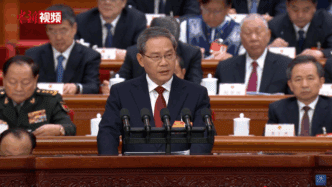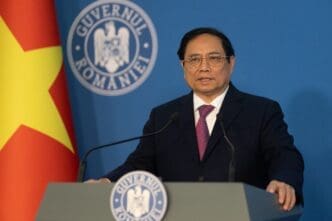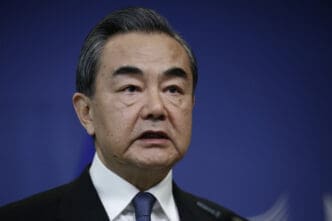Pope Francis has passed away following a stroke and irreversible cardiovascular arrest, as confirmed by a death certificate issued by Vatican medical authorities. The document also indicated that the pontiff had fallen into a coma preceding his death. In addition to a recent lung infection, he had been managing high blood pressure and diabetes.
At 88 years old, the pope had recently endured a five-week hospital stay in Rome due to a critical episode of double pneumonia. He returned to the Vatican to resume lighter duties by late March. This was not his first battle with respiratory ailments, having suffered from chronic lung disease throughout his life, which led to the removal of part of his lung during his youth.
His final public appearance was on Easter Sunday, where he blessed a large gathering in St. Peter’s Square. The Vatican announced that the public would likely be able to pay their respects starting Wednesday in St. Peter’s Basilica, with the exact date to be confirmed after the cardinals convene following his passing on Tuesday morning.
Pope Francis’ coffin will be transferred from the chapel of the Domus Santa Marta hotel, his residence, to St. Peter’s Basilica for public visitation. Departing from tradition, and as per his wishes, his body will not be placed on an elevated bier but will rest in a wooden coffin facing the congregation.
Before his death, Francis expressed a desire to be interred at St. Mary Major Basilica, near the icon of the Virgin Mary, to whom he held profound devotion. Although the specific date for the funeral has not been set, it is expected to occur between four and six days after his death.
With his passing, a ‘sede vacante’, or ‘vacant see’, has commenced in the Vatican, marking the interval between papacies. In keeping with tradition, Pope Francis’ formal apartment has been sealed with red ribbon and wax. This ritual includes draping a red ribbon through the door handles of the Apostolic Palace apartment, applying liquid wax, and impressing his papal seal.
The election of a new pope will involve a conclave of cardinals from around the world. This confidential voting process usually spans two to three weeks but may extend if consensus on a candidate proves elusive. The conclave is scheduled to begin between 15 and 20 days after the pope’s death.








